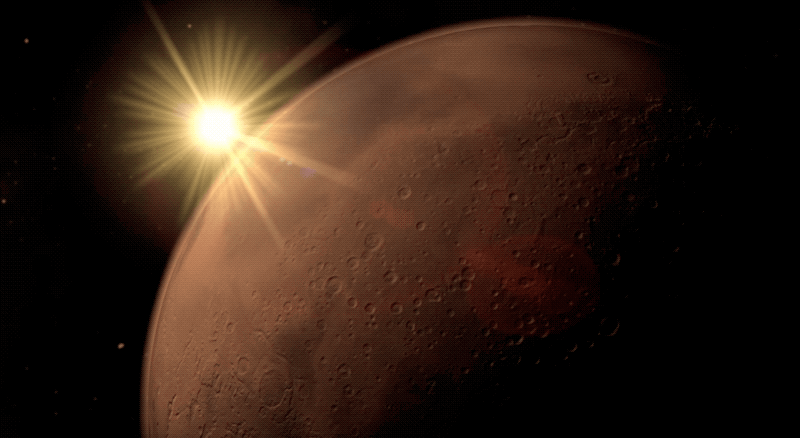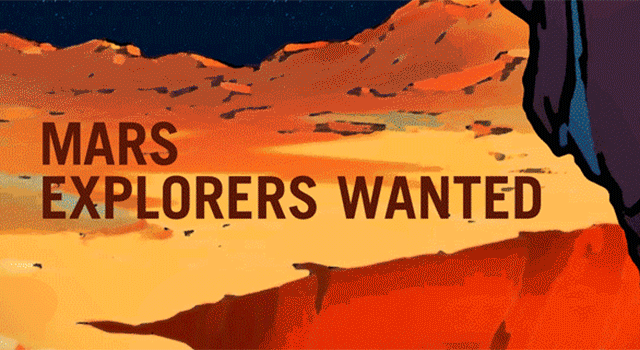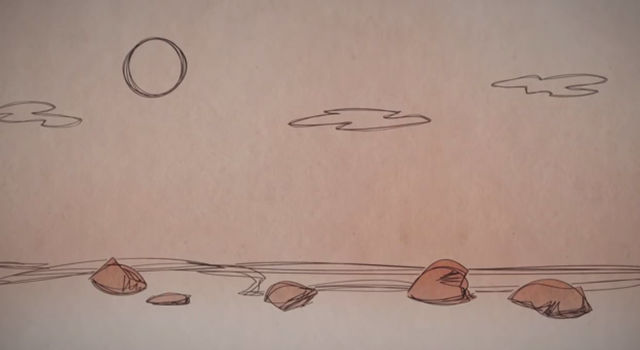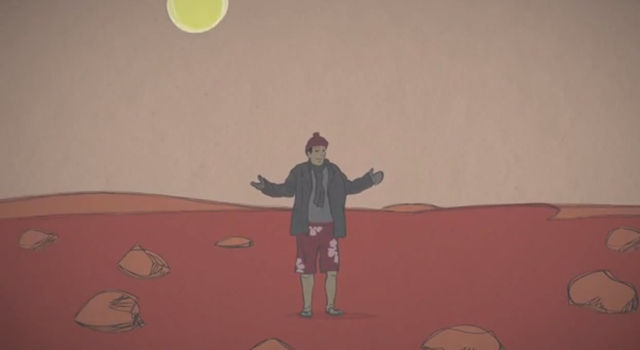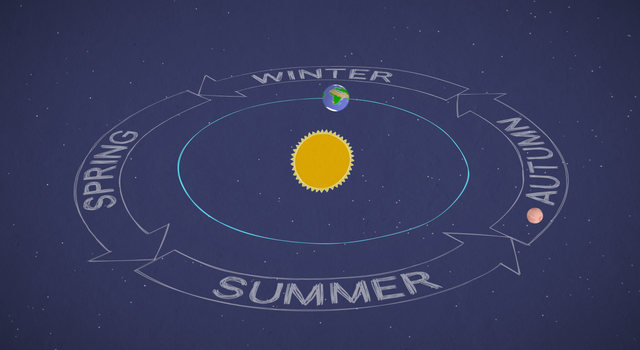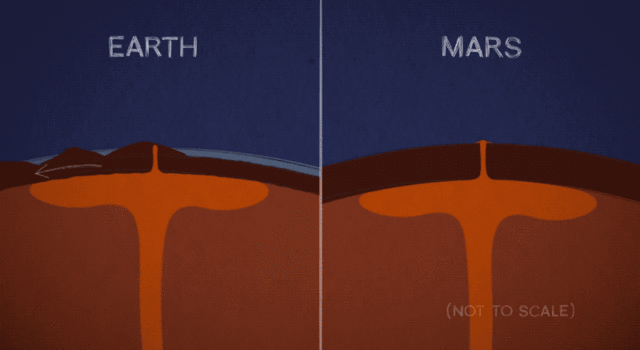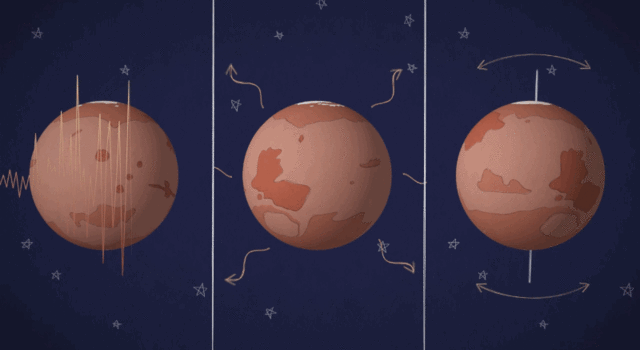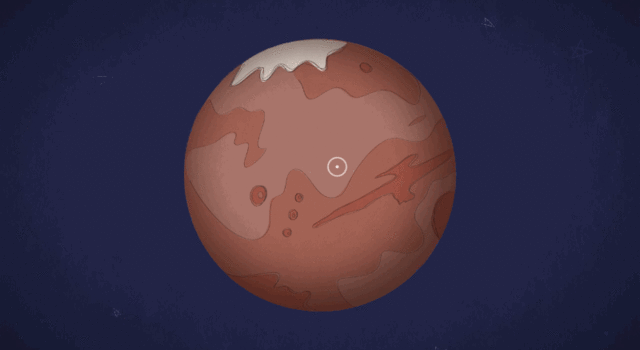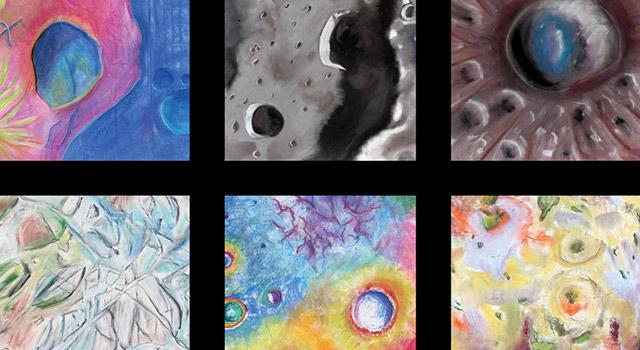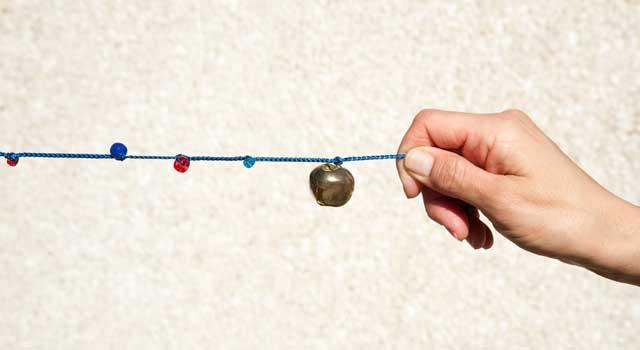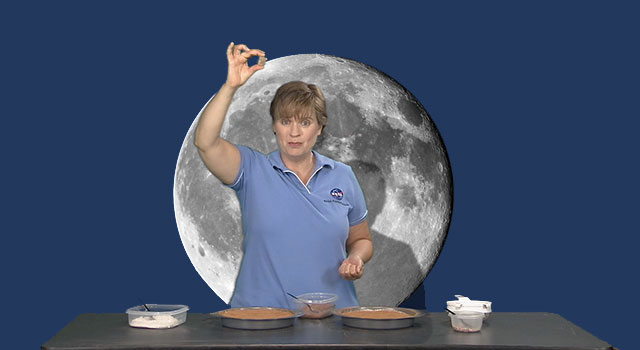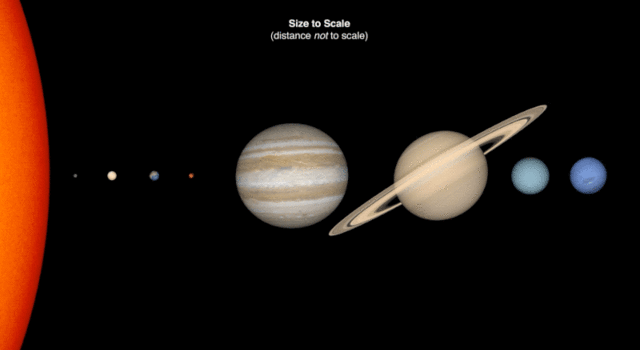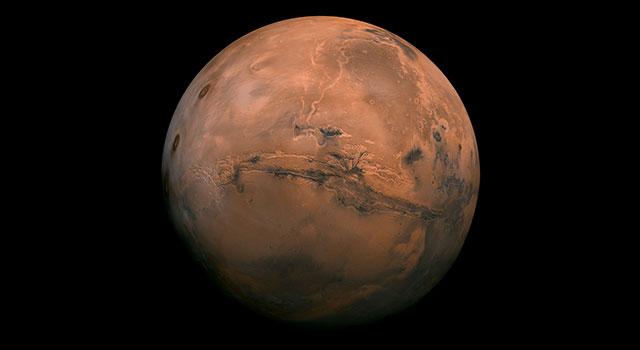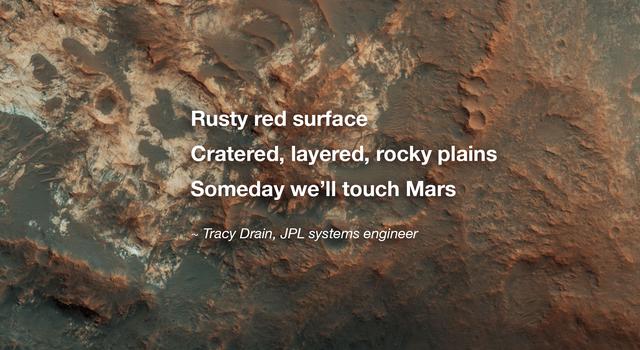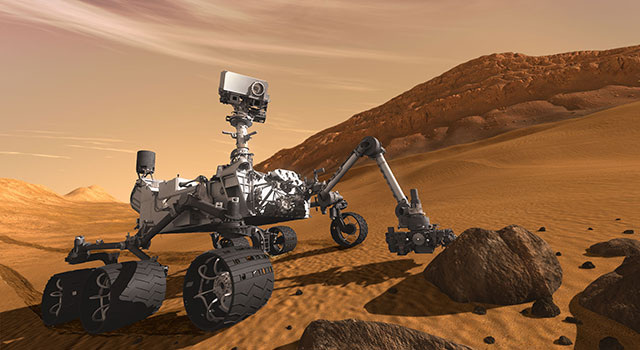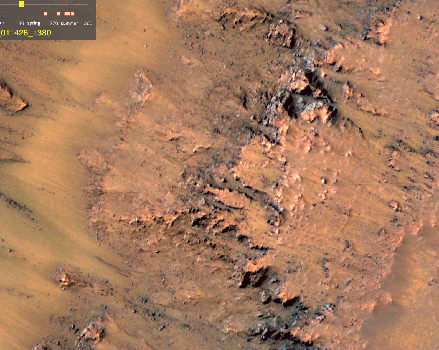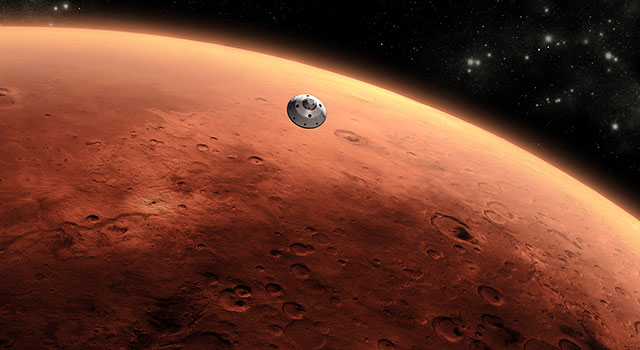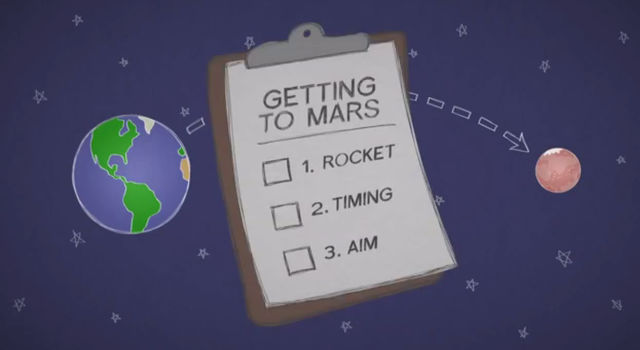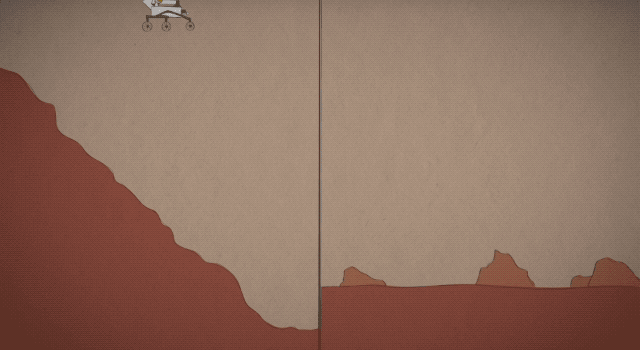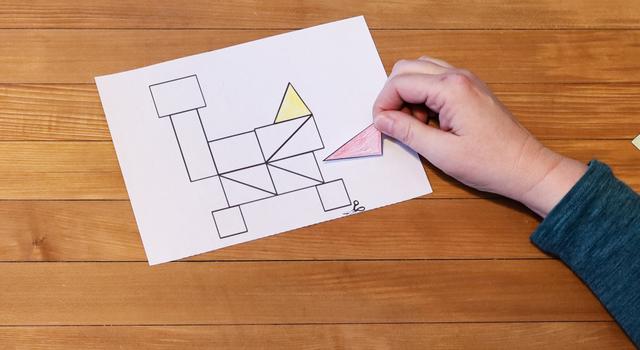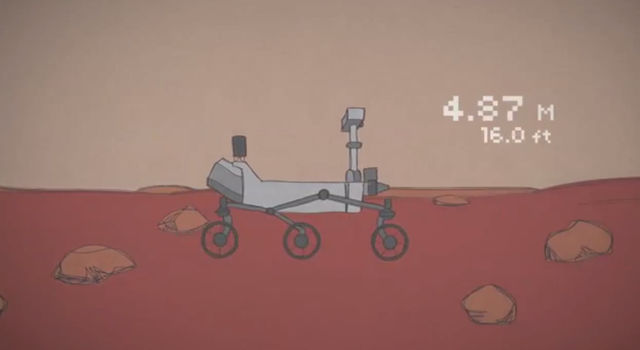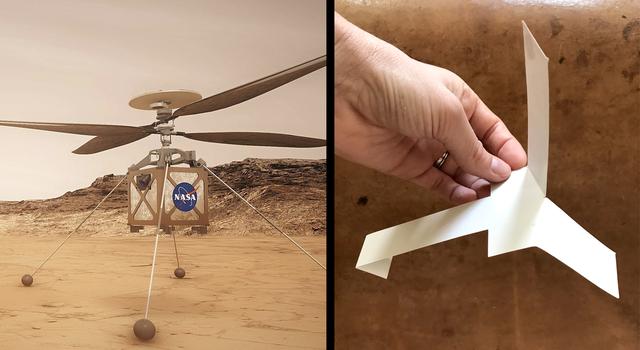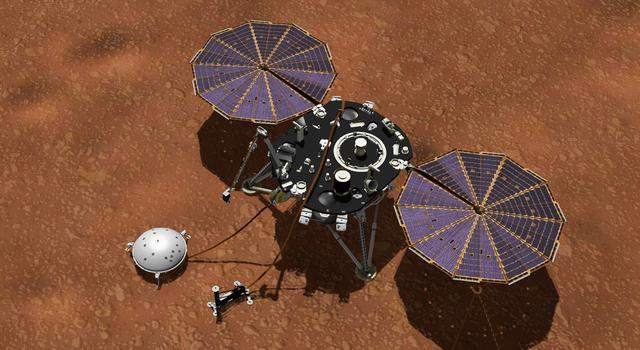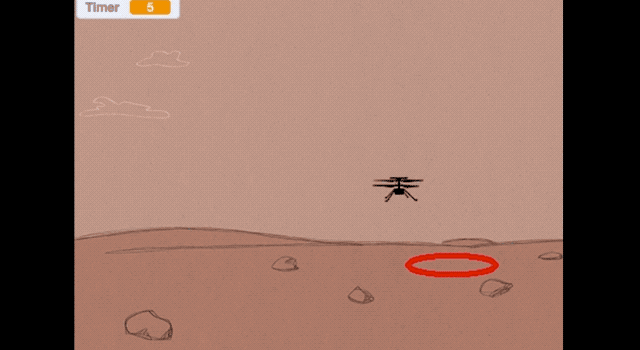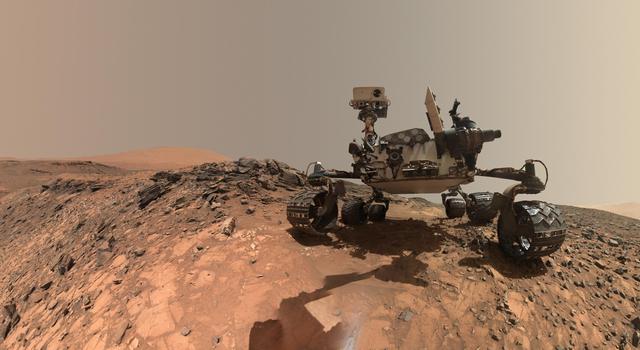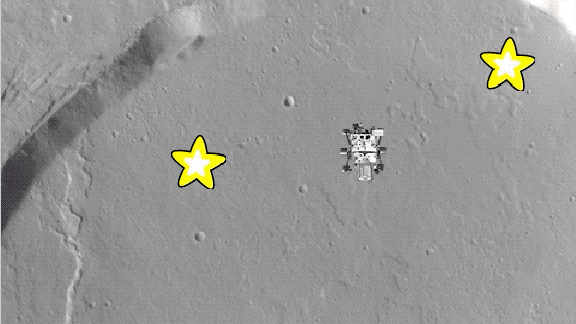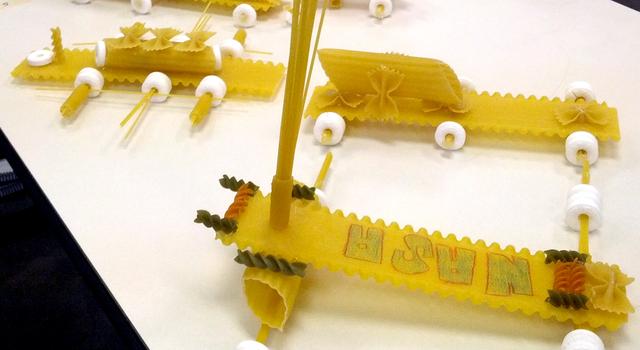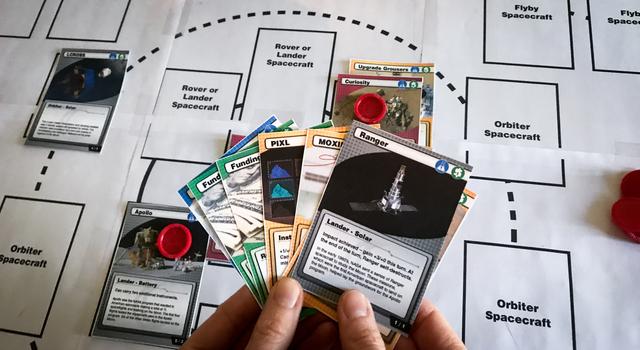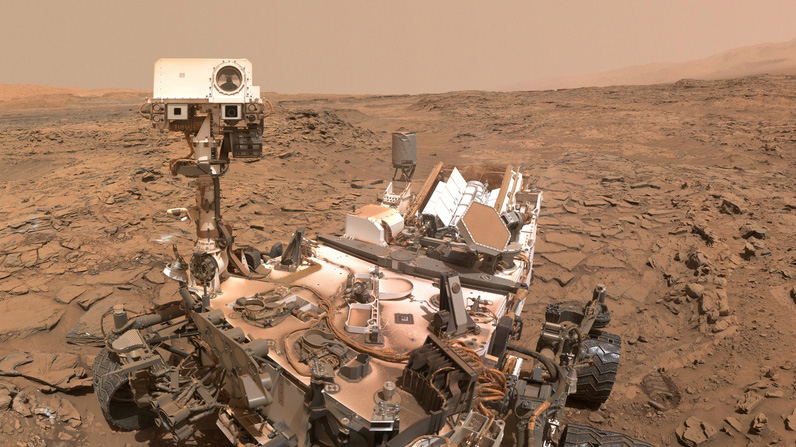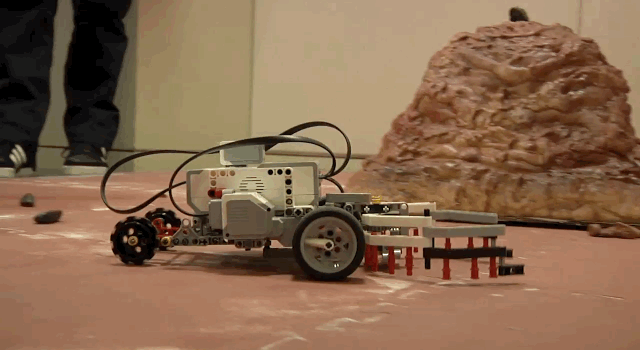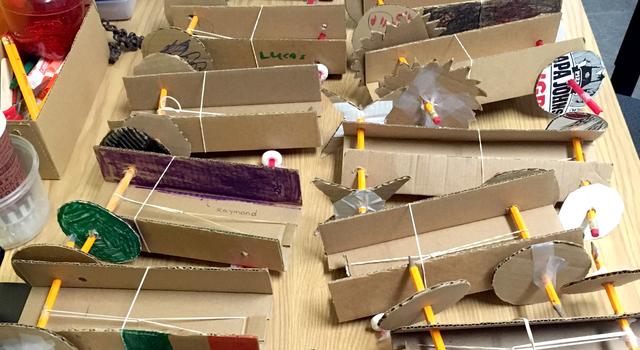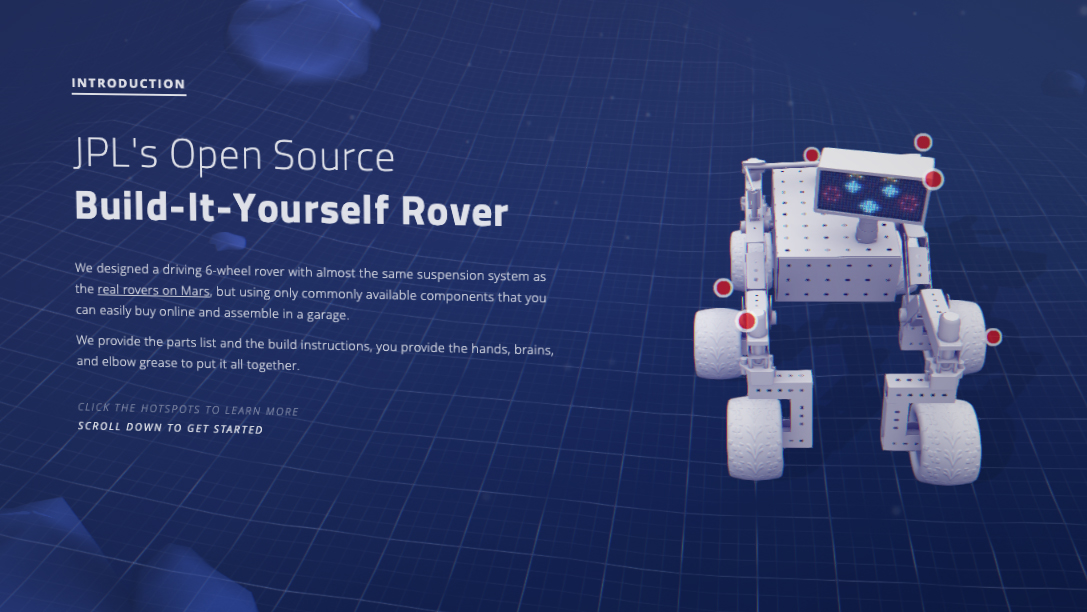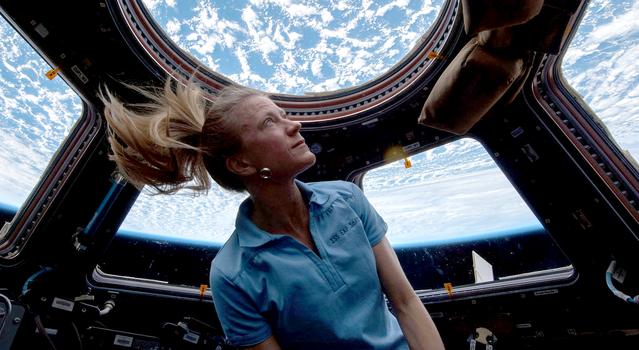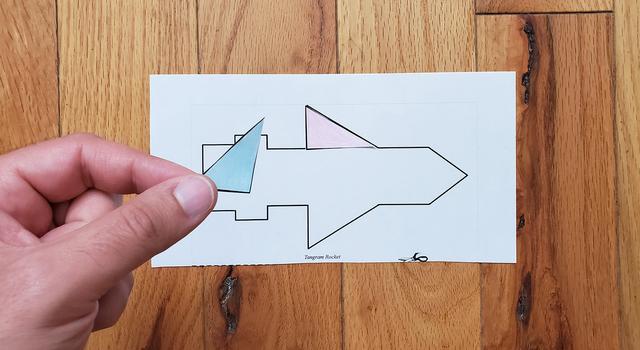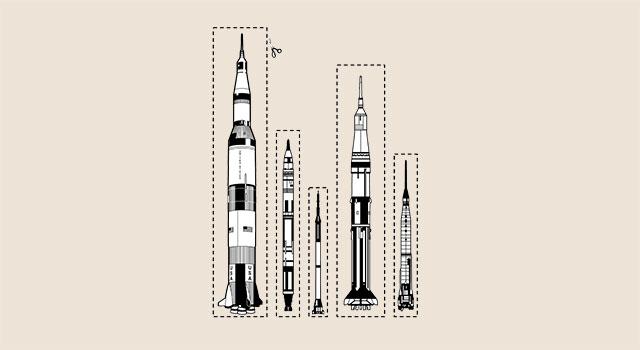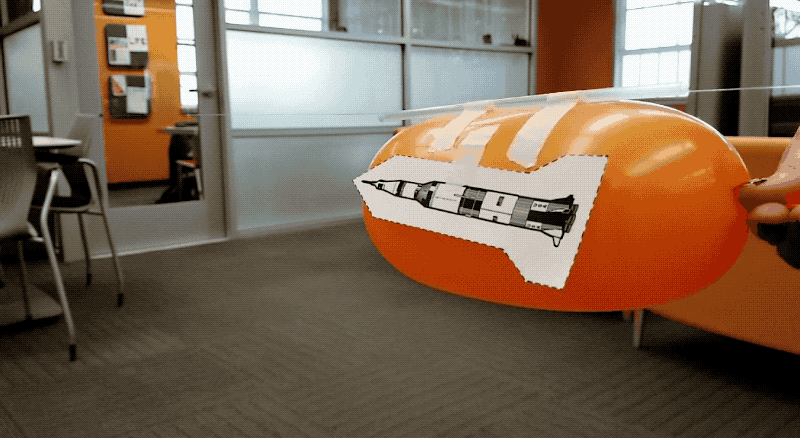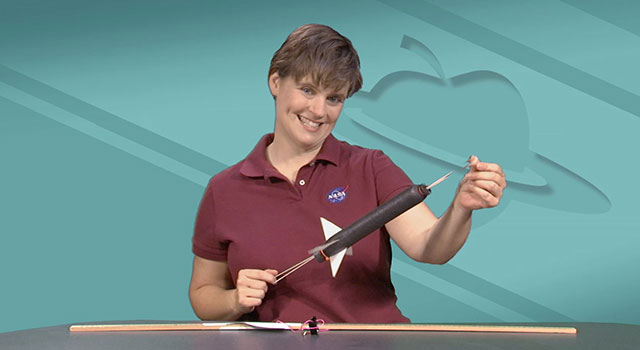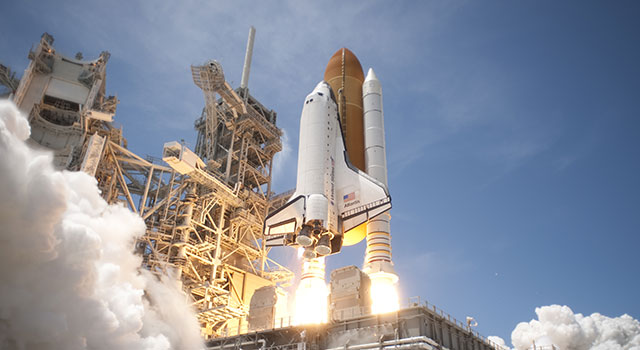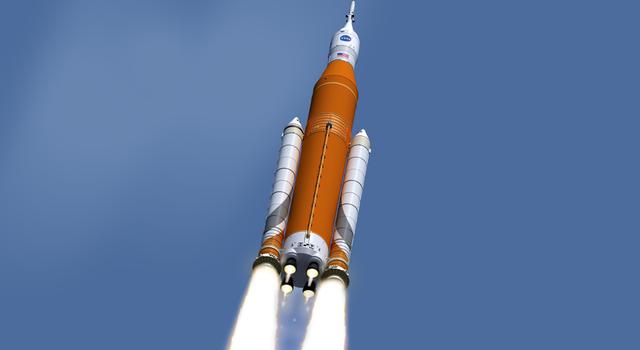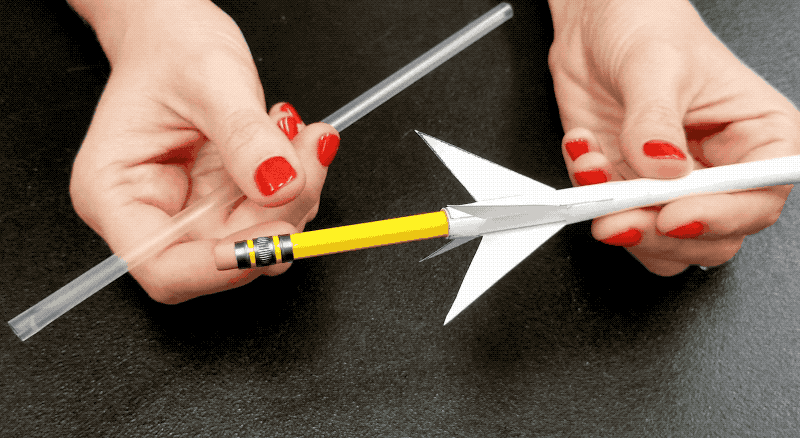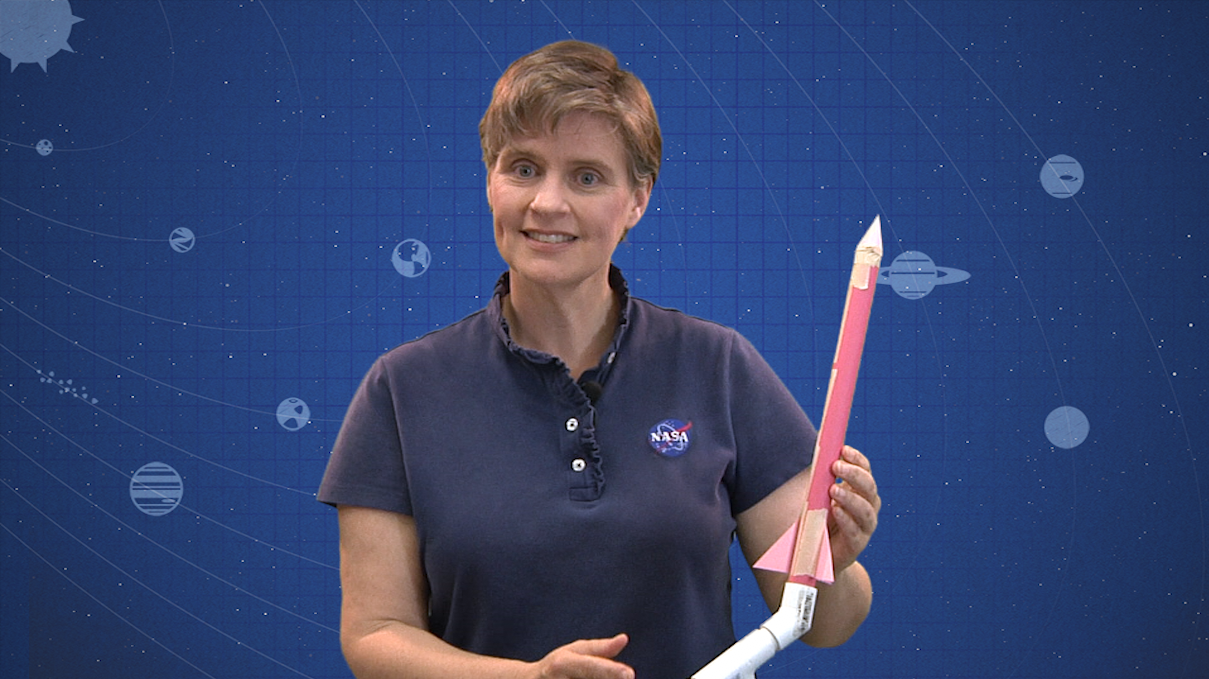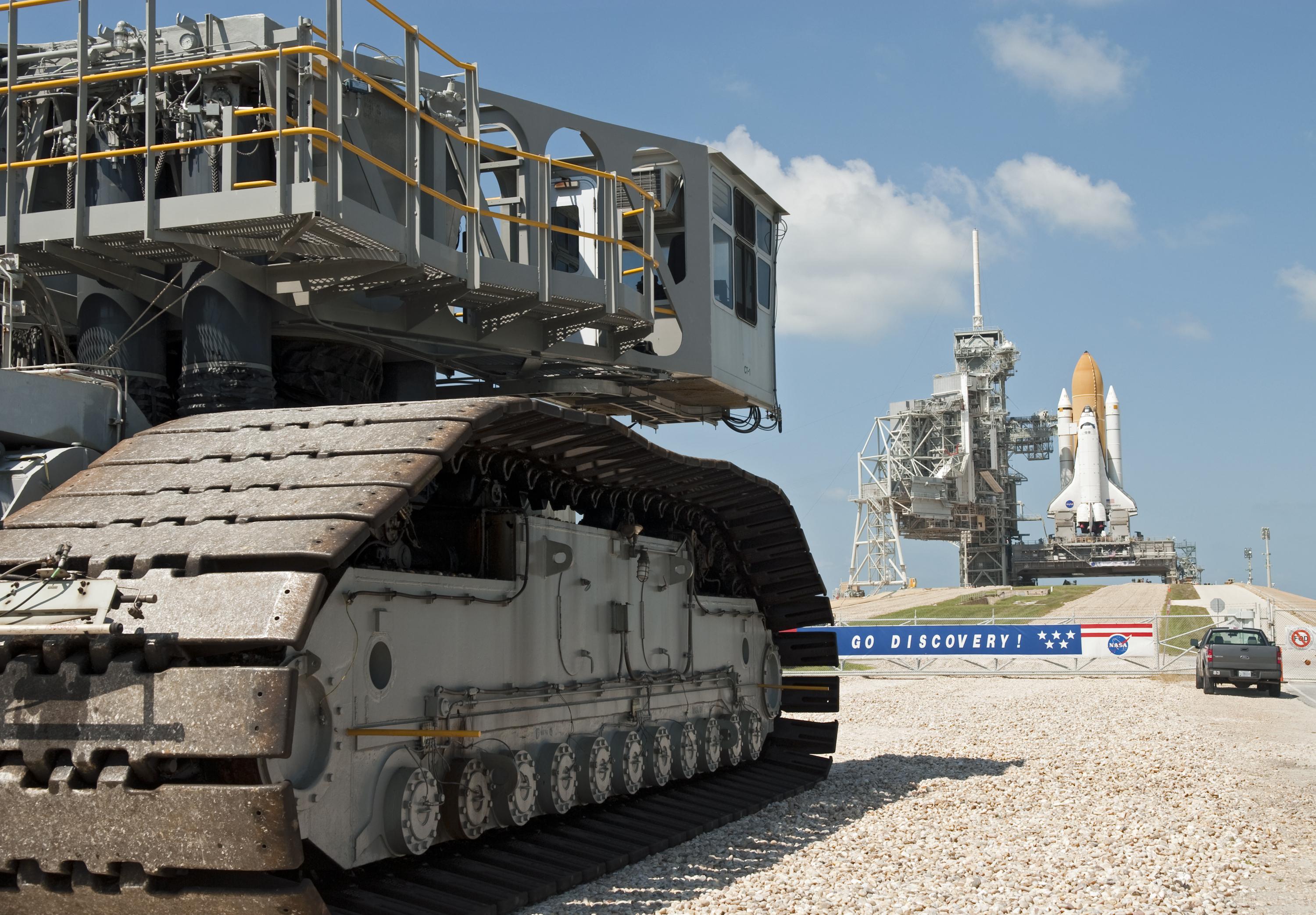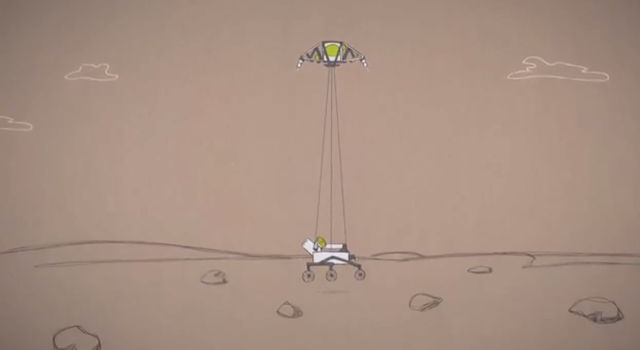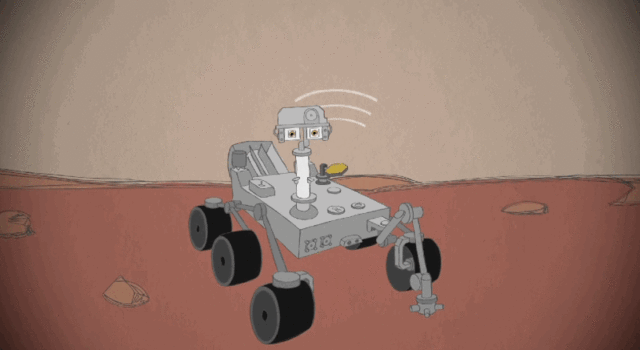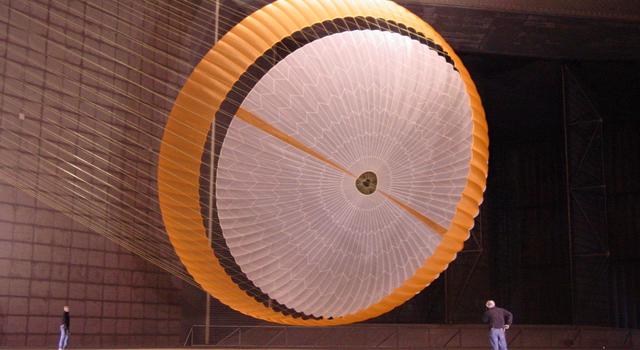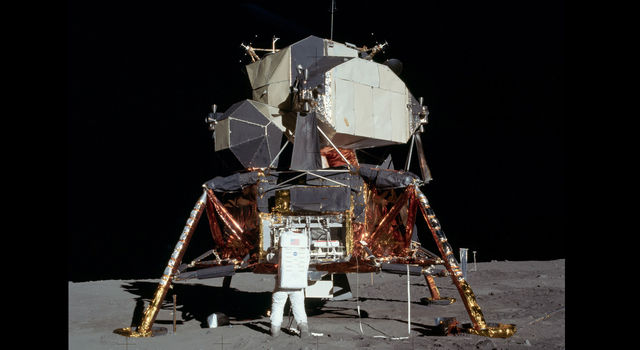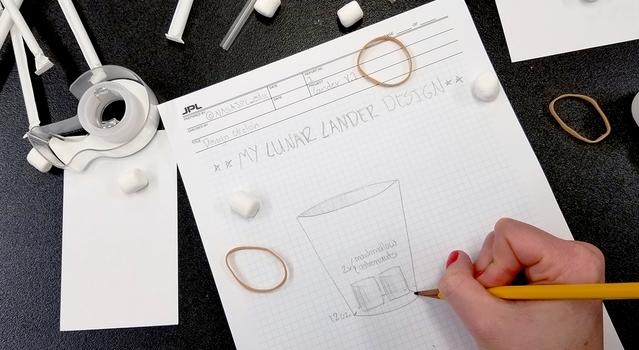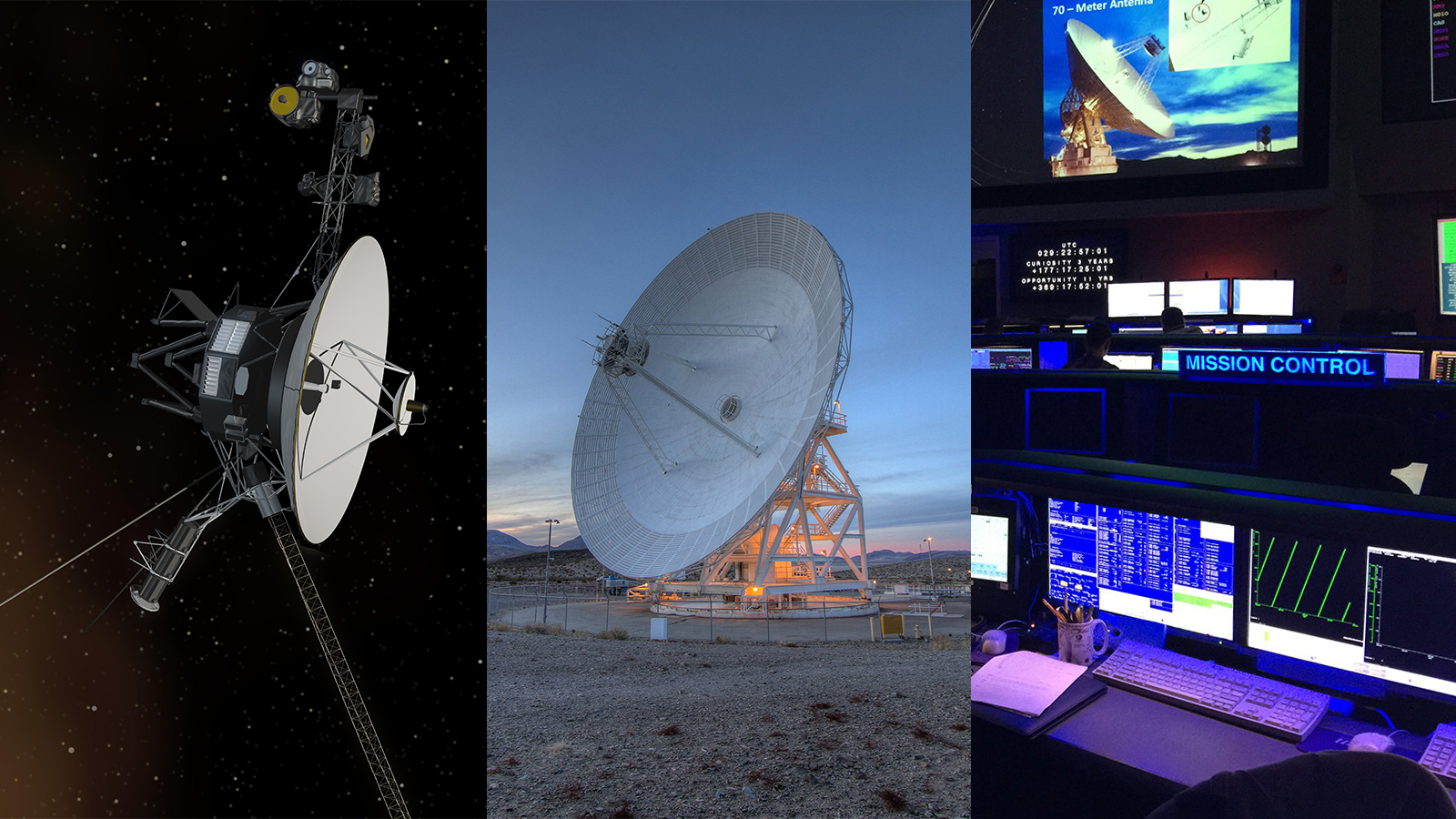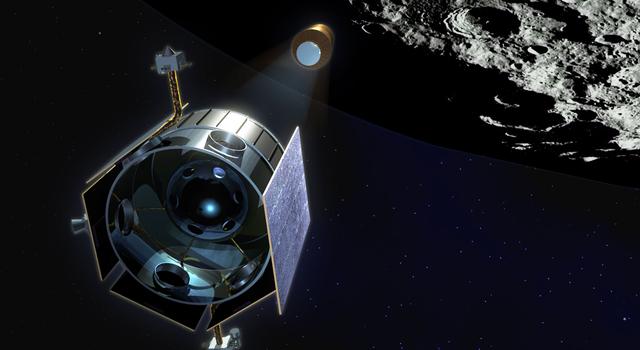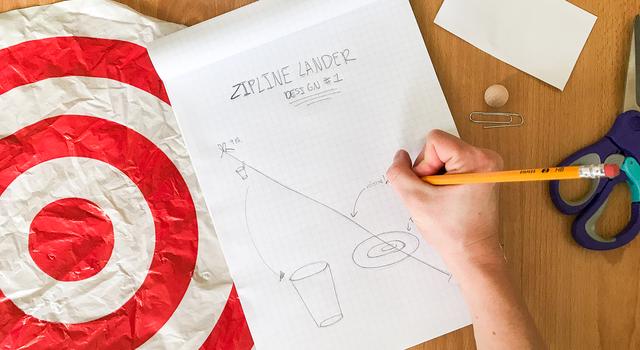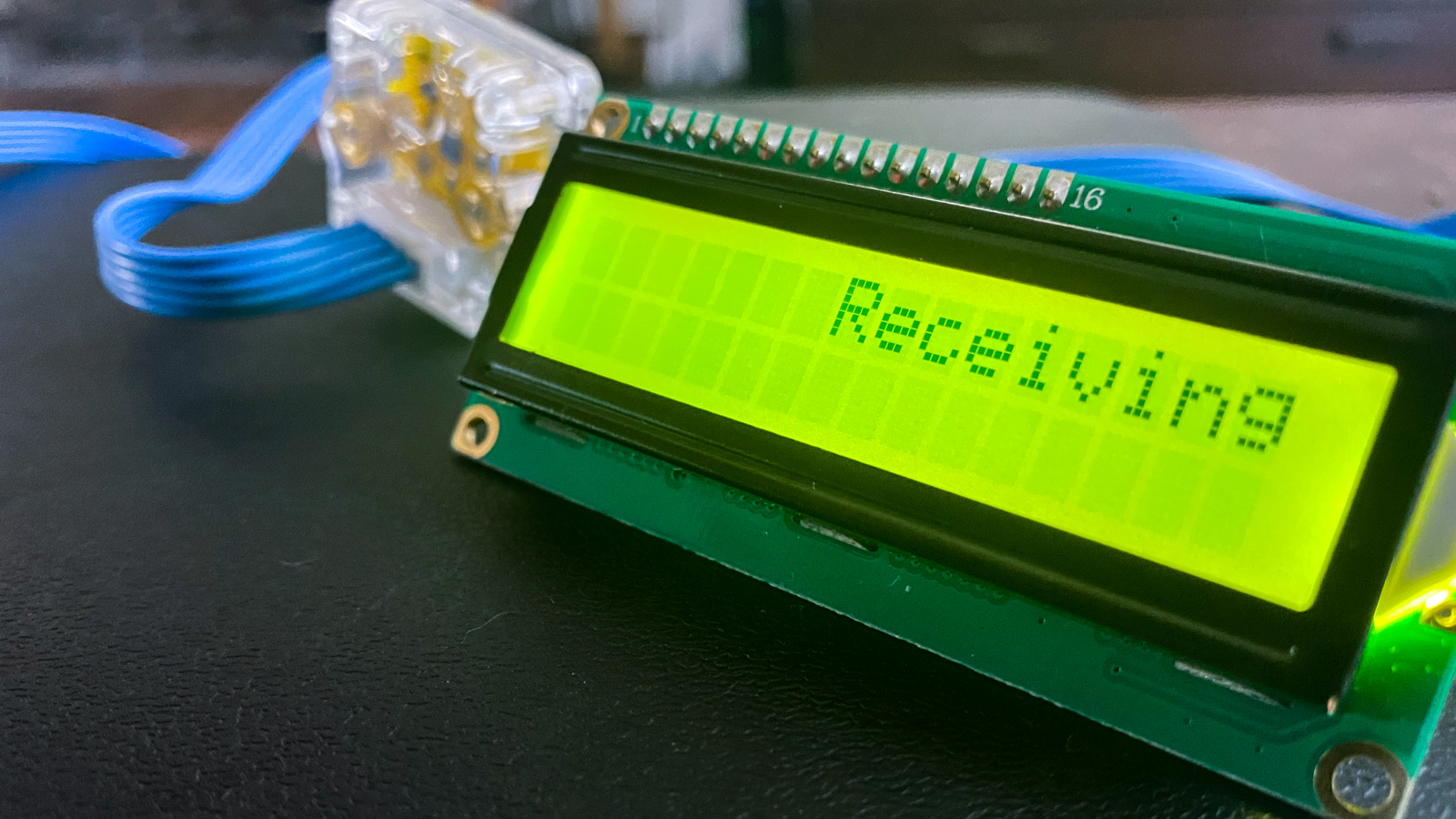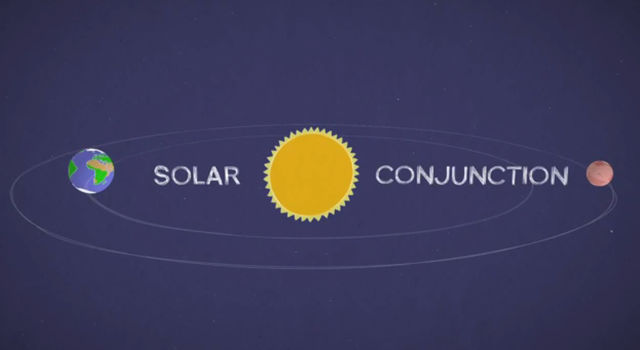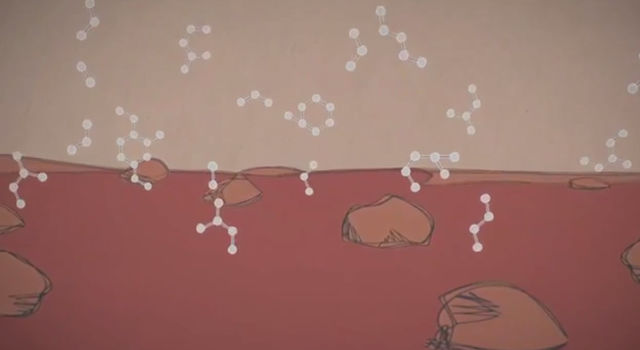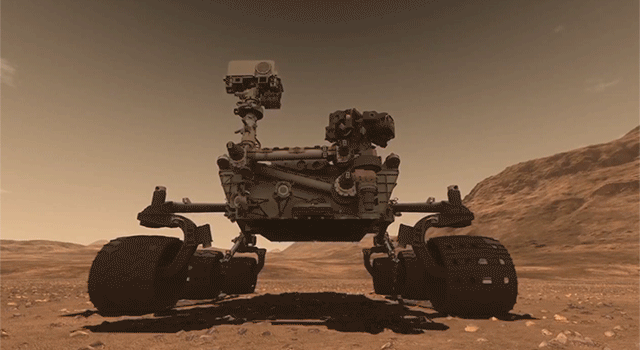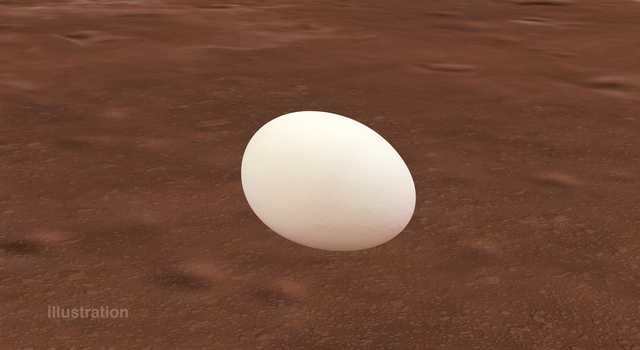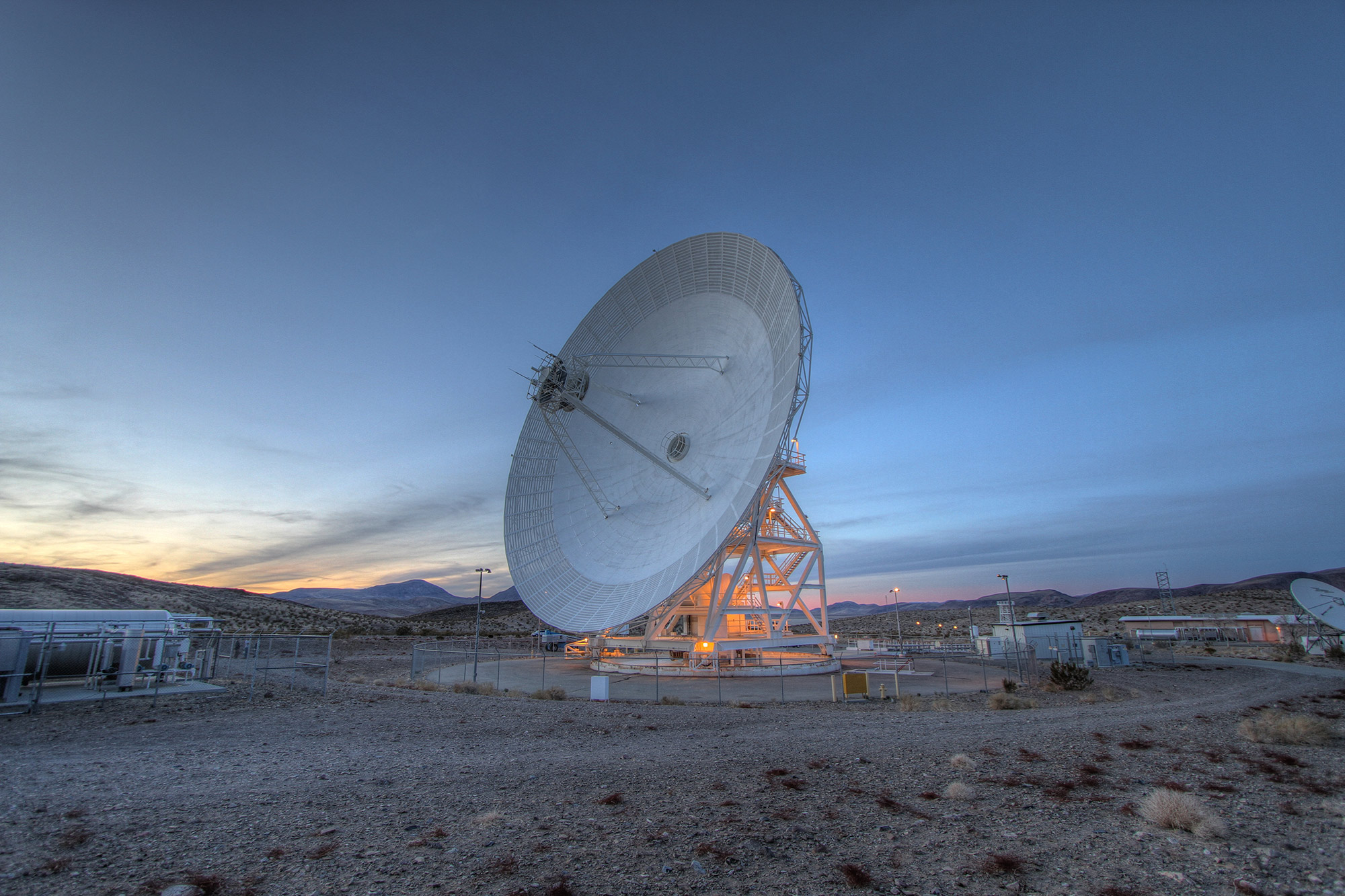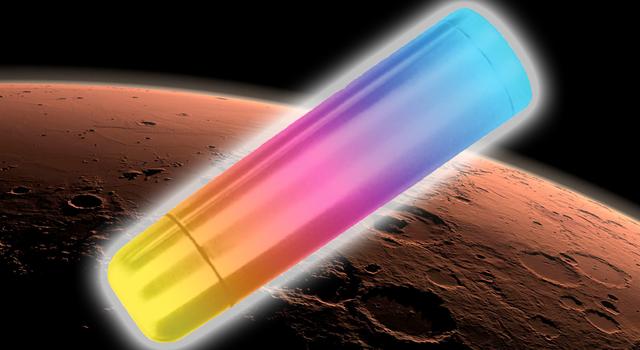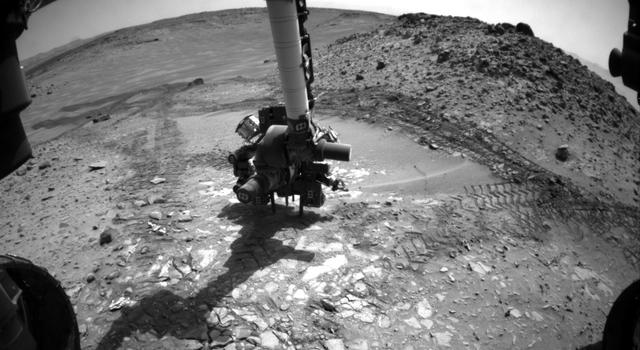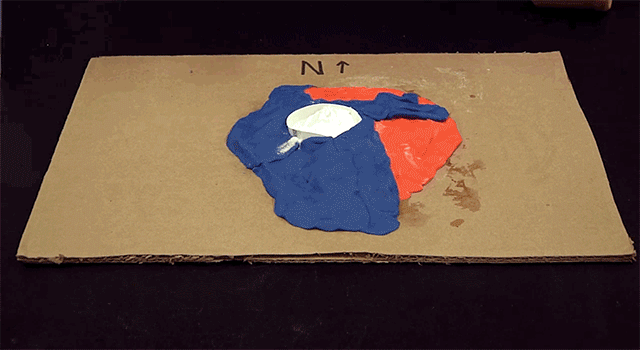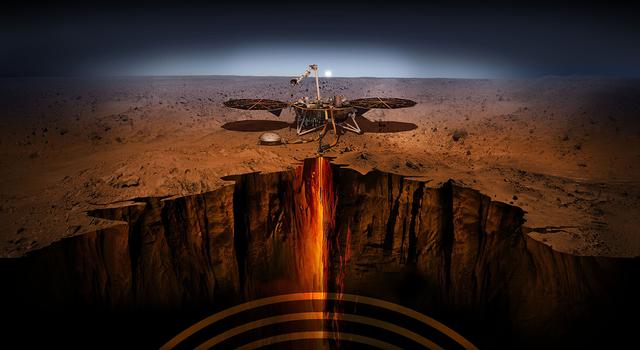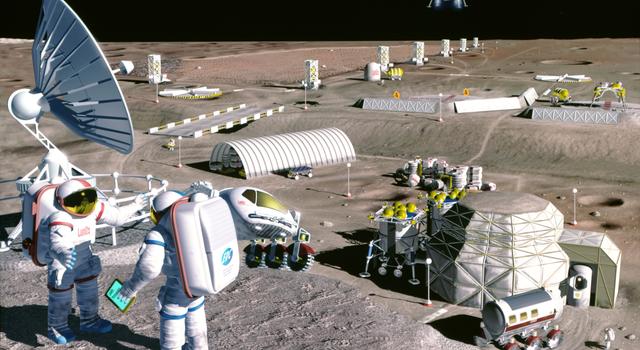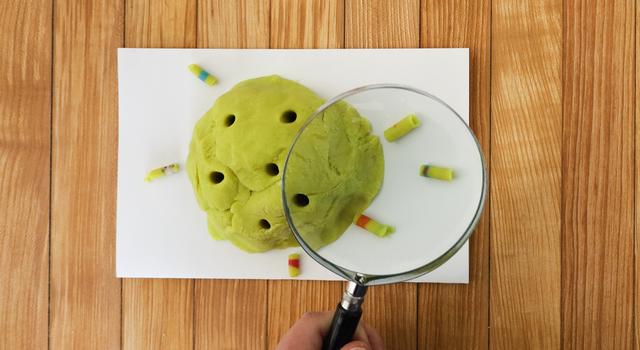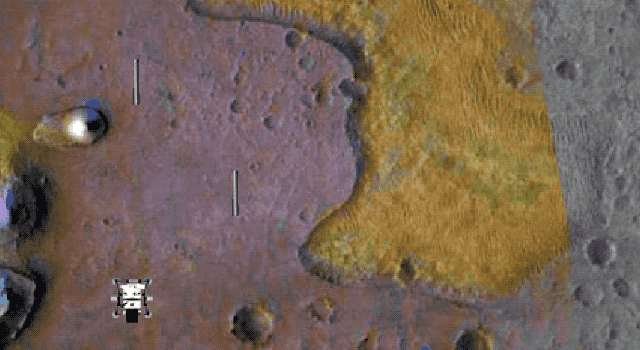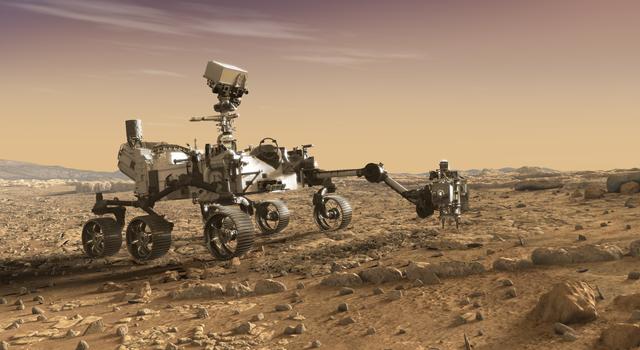Join the adventure on Mars!
Education Plans
Mission This Week
Welcome to NASA’s Mission to Mars Student Challenge! This is your guide to leading students through how to design, build, launch, and land a Mars mission. Your students will apply their creativity, as well as science and math knowledge, to explore the Red Planet. Not a scientist or engineer? That's okay! You're going to learn everything you need to know while preparing for and conducting these lessons.
Tips This Week
- In this standards-aligned challenge, students learn about Mars, design a mission to explore the planet, build and test model spacecraft and components, and engage in scientific exploration. The challenge takes students through seven stages, which can be completed in full as a seven-week activity or in part, as schedules allow.
- All lessons and activities are standards-aligned to Next Generation Science and Common Core Math Standards.
- Short on materials? In most cases, materials can be improvised. It’s all part of the engineering design process.
- Learn more in our FAQ.
- Whether you decided to embark on the full challenge or just a component or two, you can celebrate your students' achievement with a certificate of participation! See the links below to download a personalizable certificate.
Resources
Mission This Week
Before they can launch to Mars, students need to learn more about where they're going and why. This week, students will learn more about the Red Planet and determine what they hope to find. This will help them design their mission and plan for launch, arrival, and surface operations.
Tips This Week
- Scientists, and students, learn about Mars to gain an understanding of what's known and unknown about the Red Planet and to develop questions that have yet to be answered. Once they have determined what’s known and what they want to learn, students will be ready to plan their mission.
- Learning about Mars can help generate new questions about topics that have already been explored. Encourage students to engage their curiosity and think of ways they might get answers to their questions.
- In addition to the lessons you select from below, encourage students to learn about Mars by perusing NASA’s Mars Exploration website.
Resources
- Learn About Mars newsletter
- Learn About Mars Activities for Students
- Learn About Mars Lessons for Educators
- Expand the menu below for a full list of this week's lessons and activities
Mission This Week
Now that we have some knowledge about our destination, it’s time to plan our mission to Mars. We need to plan for a long trip, determine which power source we’ll use, select science instruments that will help us accomplish our goals, make sure everything will fit on the rocket, and stay under budget! Here’s Elizabeth Cordoba, a payload systems engineer at NASA's Jet Propulsion Laboratory, with some expert advice about how NASA plans missions to Mars.
Tips This Week
- Planning a mission involves deciding what science you'll do when you get there, balancing budgets, and choosing the best technology and power systems for your spacecraft. This week’s lessons get younger students thinking about locomotion and tools they might put on a Mars robot, while older students, in grades 3 and up, can play a mission-planning board game. If you’re teaching remotely, you can still play the game together as a class!
- Students will also want to think about how they're going to get their spacecraft to its destination, when it will need to launch, and where it will land when it gets to its destination. Traveling to Mars can take anywhere from six to nine months, depending on when you launch and the mass of your spacecraft. High-school students can do the actual calculations to determine the next best opportunity to launch to Mars!
Resources
- Plan Your Mission newsletter
- Plan Your Mission Activities for Students
- Plan Your Mission Lessons for Educators
- Expand the menu below for a full list of this week's lessons and activities
Mission This Week
Now that we’ve planned our mission, it’s time to design – and test – our spacecraft. This week’s activities engage students in the engineering design process. Students must use creative thinking to brainstorm a design, whether it’s for the whole spacecraft or just a part, such as the robotic arm; create a physical model; and then test their model. During testing, students will likely see ways they can improve their model. Encourage them to do so, even if it means starting over from scratch. This is what engineers at NASA do – design, test, redesign, retest – when trying to come up with the best solution for a problem. Here’s Billy Allen, a mechatronics engineer at NASA's Jet Propulsion Laboratory, with some expert advice about how NASA designs and tests spacecraft.
Tips This Week
- Don't have all the materials listed? That's ok! Common materials found around the house combined with a little ingenuity can result in great designs.
- Have students first sketch their designs on paper or use technology to create a design. The drawings don’t need to be perfect. Sketching develops spatial awareness skills!
- Encourage students to be creative and try new ideas. When some of their ideas don’t yield the desired results, treat it as a learning experience. Sometimes we learn more from an unsuccessful attempt than we do from a successful one!
- Encourage cooperative learning and exchanging of ideas. NASA engineers work together on projects, sharing ideas and striving for team success.
Resources
- Design Your Spacecraft newsletter
- Design Your Spacecraft Activities for Students
- Design Your Spacecraft Lessons for Educators
- Expand the menu below for a full list of this week's lessons and activities
Mission This Week
Now that we’ve designed our spacecraft, it’s time to launch our mission. This week, older students will engage in the engineering design process and data collection while younger students will use geometry and develop their spatial skills. Students will learn about Newton’s laws of motion and brainstorm a rocket design. They can then create a physical model, test their model, collect performance data, and redesign and retest their rocket until it's performing at its best. Students will decide how to measure performance. For example, is flight distance or accuracy more important? Here’s Sarah Elizabeth McCandless, a navigation engineer at NASA's Jet Propulsion Laboratory, with some expert advice about how NASA launches spacecraft.
Tips This Week
- Launching rockets is great fun! Caution students to be careful to aim their rockets away from people and to wear eye protection.
- The simplest rockets involve either balloons or straws. Any balloon will do, it doesn’t have to be a particular shape. If students don’t have straws, encourage them to make a paper straw.
Resources
- Launch Your Mission newsletter
- Launch Your Mission Activities for Students
- Launch Your Mission Lessons for Educators
- Expand the menu below for a full list of this week's lessons and activities
Mission This Week
Now that we’ve learned about Mars, planned our mission, designed our spacecraft, and launched, it’s time to land on Mars! Landing on Mars is tricky, and NASA engineers have to do a lot of designing, testing, and redesigning to make sure spacecraft can land safely. This includes designing and testing each part of the landing system, including the parachute, as well as programming the rover's computer to perform each landing maneuver flawlessly all on its own. Just one of the challenges spacecraft, including Perseverance, have to overcome is slowing from nearly 12,500 miles (20,000 kilometers) per hour upon entering the atmosphere to about 2 miles (3 kilometers) per hour by the time they're just above the surface.
Tips This Week
- Landing on Mars is tough! NASA engineers –and students – must test designs repeatedly and redesign landing systems based on test results. Reassure students that success is rarely achieved on the first try.
- Encourage students to be creative and use found materials as they solve this week’s landing design challenges.
Resources
- Land on Mars newsletter
- Land on Mars Activities for Students
- Land on Mars Lessons for Educators
- Expand the menu below for a full list of this week's lessons and activities
Mission This Week
Having safely landed on Mars, students' rovers are now ready to explore. This week, students will identify areas of geological interest and put scientific instruments to use.
Tips This Week
- Encourage students to follow their curiosity and engage with lessons and activities in their areas of interest, whether it's rocks, volcanoes, the interior of the planet, or the search for life.
- Encourage students to engage in engineering activities to understand the technology that enables exploration.
- When students find the answer to a question they have, ask them if that answer makes them think of other questions they might want to try to answer.
Resources
- Surface Operations newsletter
- Surface Operations Activities for Students
- Surface Operations Lessons for Educators
- Expand the menu below for a full list of this week's lessons and activities
Mission This Week
One of the most challenging parts of the Perseverance rover mission is collecting samples of Mars rocks and soil, placing those samples into tubes, and leaving them strategically on the surface, where they could eventually be collected and returned to Earth by a future mission. This week, students learn how we sample rocks on Mars and package these samples for return to Earth sometime in the future. Students can also consider how a future mission might collect these samples by programming a video game to do just that. This week is especially fun for students because they’ll be thinking about doing something NASA has never done before – bringing samples from Mars to Earth.
Tips This Week
- For younger students, use play dough to pre-build a rock for them to core and investigate.
- Encourage students to keep up with NASA's Mars exploration as we continue to learn more about the Red Planet.
- Whether you decided to embark on the full challenge or just a component or two, you can celebrate your students' achievement with a certificate of participation! See the links below to download a personalizable certificate.
Resources
- Sample Handling newsletter
- Sample Handling Activities for Students
- Sample Handling Lessons for Educators
- Expand the menu below for a full list of this week's lessons and activities
- Download student certificate
- Download educator certificate
Expert Talks
Education Resources
-
 Teachable Moments
Teachable MomentsLand on Mars With NASA's Perseverance Mission
Learn how, why, and what Perseverance will explore on Mars, plus find out about an exciting opportunity for you and your students to join in the adventure!
-
 Resources for Educators
Resources for EducatorsExploring Mars Lessons
Get students engaged in the excitement of NASA's next mission to Mars with standards-aligned STEM lessons.
-
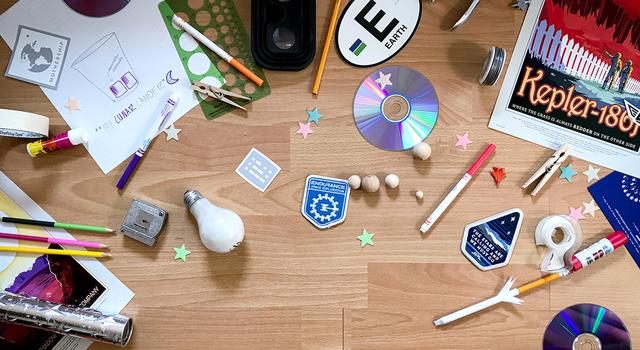 Resources for Families
Resources for FamiliesLearning Space With NASA at Home
Explore space and science activities students can do with NASA at home.
-
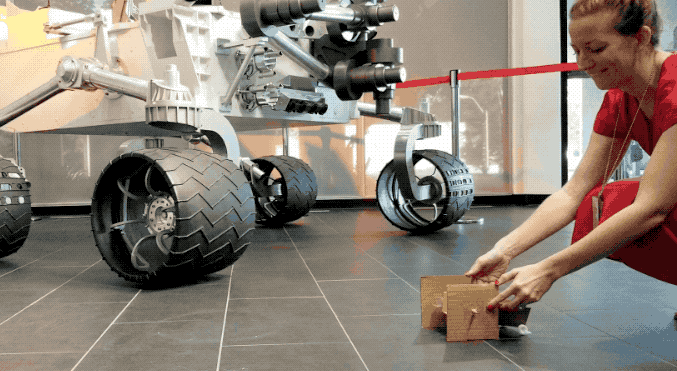 Resources for Students
Resources for StudentsExploring Mars Activities
Make a cardboard rover, design a Mars exploration video game, learn about Mars in a minute and explore more STEM activities for students.
-
 Events
EventsLive online events about NASA Mars exploration
-
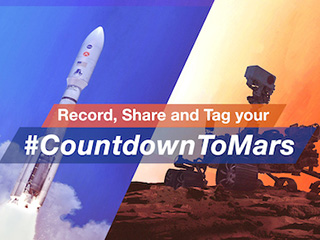 Participate
ParticipateSend your name to Mars and join online campaigns
-
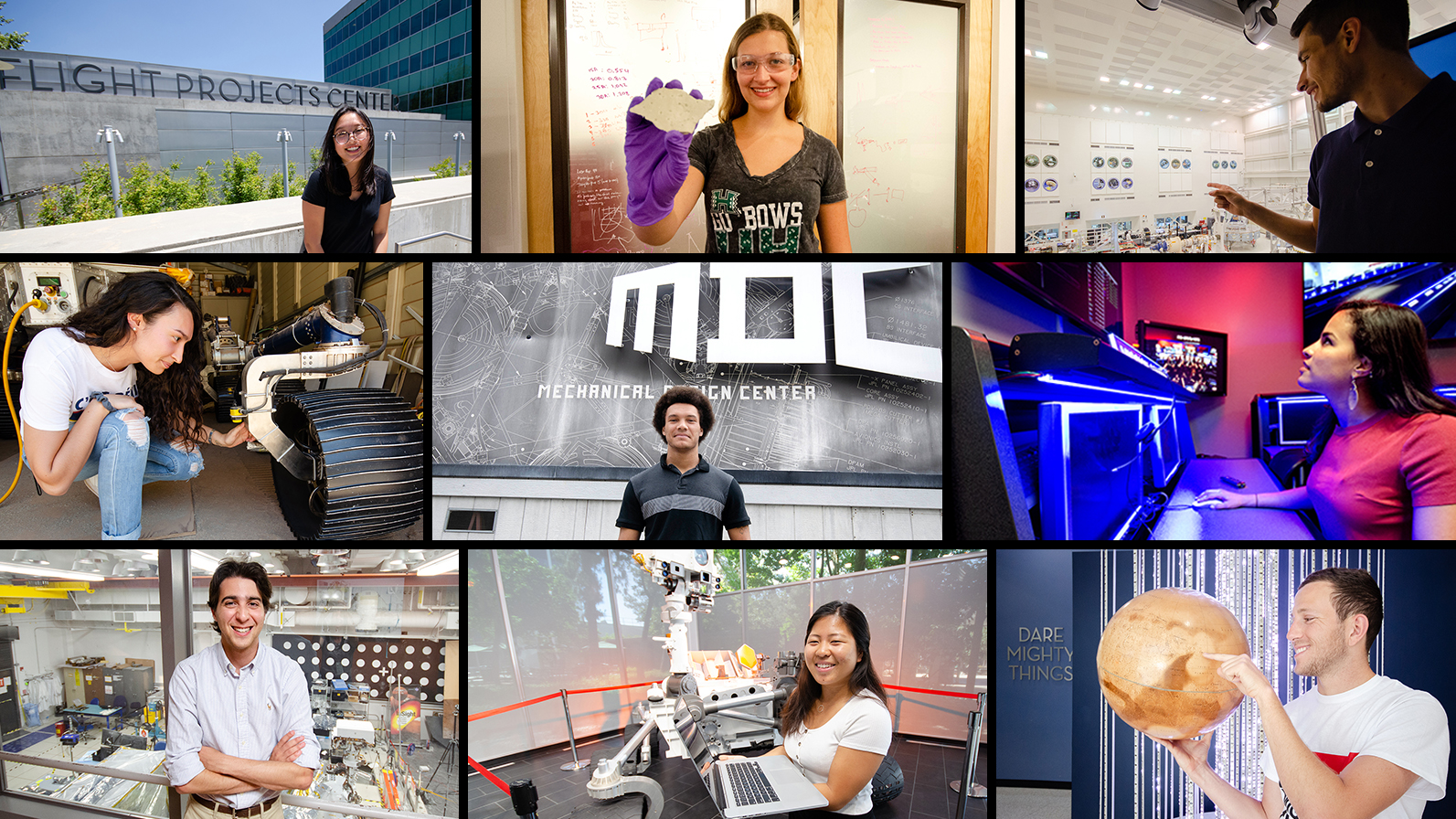 People
PeopleMeet JPL interns working on the Perseverance Mars rover
-
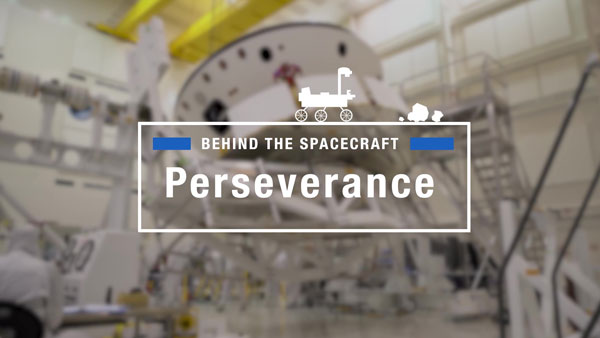 Videos
VideosMars exploration videos from NASA
-
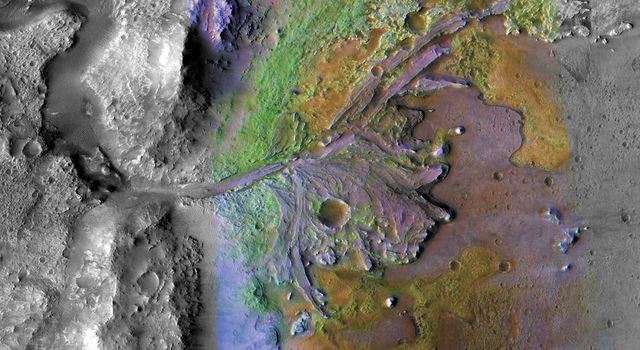 Images
ImagesMars exploration images and graphics from NASA
-
 Downloads
DownloadsStickers, coloring pages, 3-D graphics and more
-
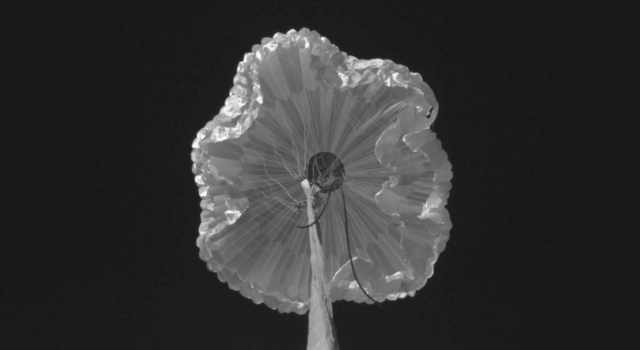 Articles
ArticlesArticles about Mars exploration from JPL News
- › Website: NASA Mars Exploration
- › Website: Perseverance Mars Rover
- › Press Kit: Launching the Perseverance Mars Rover
- › Website: Curiosity Mars Rover
- › Website: NASA Space Place - Mars
- › NASA People: Systems Engineer Farah Alibay
- › NASA People: Education Specialist Brandon Rodriguez
- › NASA People: Systems Engineer Matt Smith
- › NASA People: Systems Engineer Christina (Diaz) Hernandez
- › Twitter: @NASAPersevere
- › Website: NASA Jet Propulsion Laboratory
- › Email: JPL Newsletter
- › Website: NASA
- › Website: NASA STEM Engagement
- › Website: NASA Social Media




